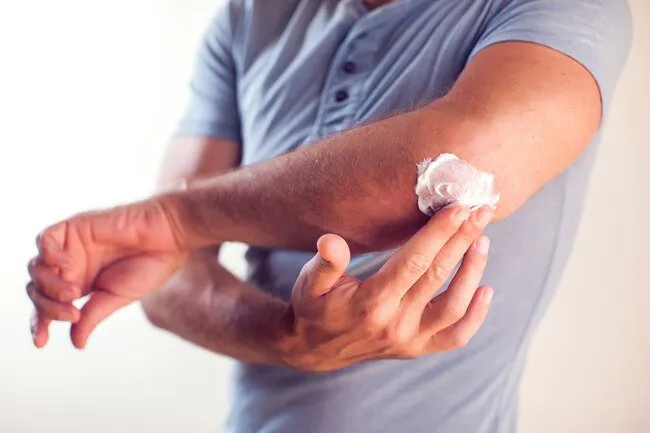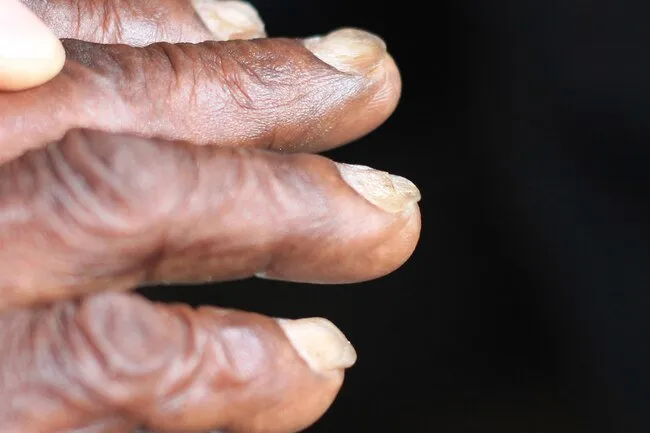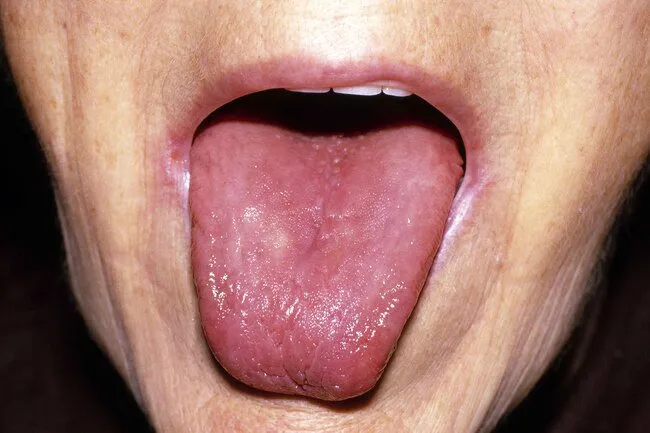Red Flags

A day or week of bad food choices won't do much damage. But when a poor diet leaves your body short on the nutrients it needs for a long time, it'll send a sign. You can reverse most of these issues with foods rich in the missing nutrient, a supplement, or both. Always check with your doctor first.
Hair Loss

It's normal to lose about 100 strands of hair a day. But if you notice big clumps of hair on your pillow or in the shower, you may be low in iron. You're not alone. It's the most common nutrient deficiency in the world. Your doctor can do a quick blood test to see if your levels are off. Eat more iron-rich foods, like:
- Lean beef
- Poultry
- Spinach
- Beans
- Cashews
Unexplained Fatigue

When the three S's -- sleep, stress, and sickness -- don't explain why you feel worn out, it's time to check your vitamin D. This vitamin is unique. Your body makes it when your skin is exposed to the sun, but it doesn't show up naturally in many foods. If you don't see the sun often, put a capital D in your diet with:
- Tuna
- Salmon
- Fortified foods like milk, OJ, and cereal
Or talk to your doctor about a supplement.
Burning Mouth Syndrome

The name says it all. This condition can make your gums, lips, the inside of your cheek, and roof of your mouth feel like they're burning. Or your mouth might be dry or numb. One of the things that causes it is a shortage of B vitamins like folate, thiamin, and B6. To boost the B6 in your diet, eat more:
- Beans
- Bananas
- Spinach
- Fortified cereals
Dry Skin

One of vitamin A's many jobs is to grow and maintain the tissues that cover every surface of your body, inside and out. When you're low on vitamin A, you may have dry, scaly skin, including your lips. To get more of this nutrient, eat:
- Leafy green vegetables like spinach and kale
- Orange vegetables like sweet potatoes and carrots
- Orange fruits like cantaloupe and apricots
Spoon Nails

When your body needs more iron, your fingernails may become soft and bend away from your finger at the edges, creating a spoon-like shape. This could also be a sign of hemochromatosis, a condition that causes your body to absorb too much iron. Infants' nails may spoon at first, but it goes away as they get older. If this happens to you, see your doctor for a blood test to find the cause.
Cracks at the Corners of Your Mouth

This starts as dry or irritated skin at one or both corners of your mouth and can turn into painful, bleeding sores. Lots of things can cause this condition, which is also called angular chelitis. If it doesn't go away when you use lip balm, it could be a sign that you're low in iron or B vitamins like riboflavin. Riboflavin-rich foods include:
- Eggs
- Lean meats
- Milk
- Green vegetables like asparagus and broccoli
Swollen Tongue

Your tongue can tell you when something's up. This condition is also called glossitis, for the smooth, glossy look your tongue has when it's swollen. It can be a sign you're low in iron or B vitamins like folic acid, niacin, riboflavin, and B12. If that's the case, your tongue may also hurt. To get more B12, choose:
- Fish
- Meat
- Milk
- Eggs
- Fortified cereals
Apathy

A lack of nutrients can affect your mind as well as your body. The B vitamin folate, also called folic acid, helps your body make red blood cells and create the chemicals that regulate sleep patterns and mood. When you don't get enough, you may feel forgetful, weak, and apathetic (which means you lack energy and enthusiasm). Bring up your folate numbers with:
- Fortified cereal
- Chickpeas
- Asparagus
- Spinach
Bruises

Your body has more collagen than any other protein. It holds everything together, including your skin cells. If you notice more bruises than usual, you may be low in vitamin C -- a key element in collagen. You're at risk if you:
- Have an eating disorder
- Eat little due to illness
- Have a severe digestive condition
- Smoke
Focus on fruits and veggies, especially:
- Bell peppers
- Citrus fruit
- Tomatoes
- Broccoli
Diet and Nutrition: Signs You're Not Getting Enough Nutrients
This tool does not provide medical advice. See additional information: 
© 1996-2024 WebMD, LLC. All rights reserved.
Source slideshow on WebMD
